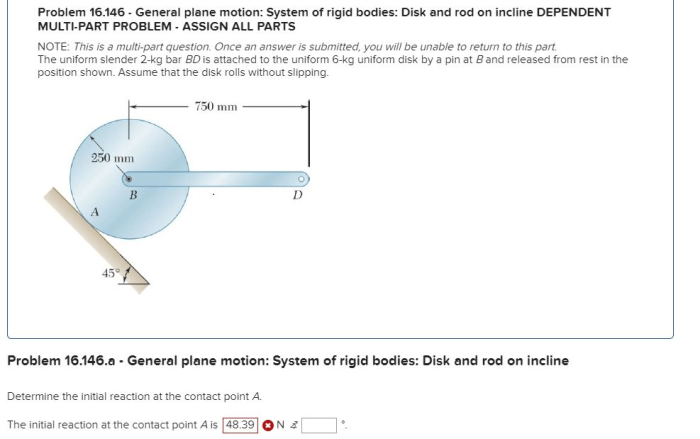Topic 2 rigid motions on a plane – Topic 2: Rigid Motions on a Plane delves into the fascinating world of geometric transformations that preserve the shape and size of figures. From translations that slide figures across the plane to rotations that twirl them around fixed points, and reflections that mirror their images, this exploration unveils the fundamental concepts that govern the movement of objects in two dimensions.
Rigid Motions on a Plane: Topic 2 Rigid Motions On A Plane

Rigid motions are transformations that preserve the distances and angles between points on a plane. They are used to describe the movement of objects without changing their shape or size.
Translations, Topic 2 rigid motions on a plane
A translation is a rigid motion that moves every point on a plane by the same distance in the same direction. Translations are described by a translation vector, which is a vector that points from the original position of a point to its translated position.
The properties of translations include:
- They preserve distances between points.
- They preserve angles between lines.
- They can be represented by a vector.
| Original Coordinates | Translation Vector | Translated Coordinates |
|---|---|---|
| (1, 2) | (3, 4) | (4, 6) |
| (5, 7) | (-2, 1) | (3, 8) |
Rotations
A rotation is a rigid motion that turns a figure around a fixed point by a given angle. Rotations are described by a rotation matrix, which is a matrix that describes the rotation.
The properties of rotations include:
- They preserve distances between points.
- They preserve angles between lines.
- They can be represented by a rotation matrix.
The following illustration shows the rotation of a figure around a fixed point:
Reflections
A reflection is a rigid motion that flips a figure over a line. Reflections are described by a reflection line, which is the line over which the figure is flipped.
The properties of reflections include:
- They preserve distances between points.
- They preserve angles between lines.
- They can be represented by a reflection matrix.
There are two main types of reflections:
- Line reflections: Reflections over a line.
- Point reflections: Reflections over a point.
Combinations of Rigid Motions
Rigid motions can be combined to create more complex transformations. For example, a translation can be followed by a rotation, or a reflection can be followed by a translation.
The following table summarizes the effects of different combinations of rigid motions:
| Combination | Effect |
|---|---|
| Translation followed by translation | Translation |
| Translation followed by rotation | Rotation |
| Rotation followed by translation | Rotation |
| Reflection followed by translation | Translation |
| Reflection followed by rotation | Rotation |
FAQ Explained
What is a rigid motion?
A rigid motion is a transformation of a figure that preserves its shape and size.
What are the three types of rigid motions?
The three types of rigid motions are translations, rotations, and reflections.
How do translations affect a figure?
Translations slide a figure across the plane without changing its size or shape.
